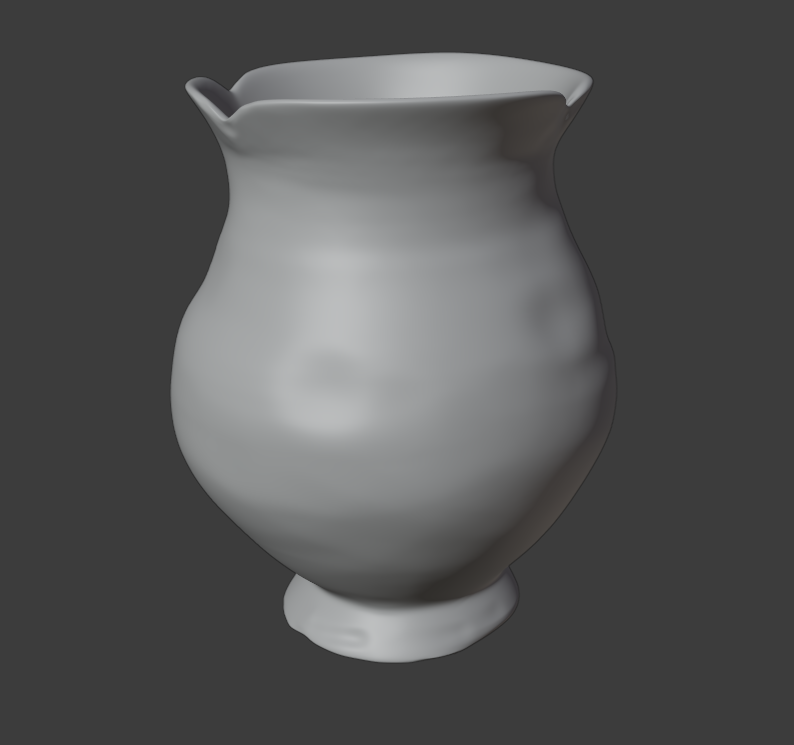This is my thread showing my humble progress thorugouht this collaboration project.
I know this is a tiny piece of the puzzle, but I am determined to make the best out of it. I've got a basic mesh done for the vase C, but I am not sure what to do in the case of the material. At first it seems like the vase is made out of 2 parts (bottom brown one and the top light brown), but when I think about the way it is made, the only logical solution is that it is painted. now do I solve it with texturing at the end or modelling the 2 separate surfaces?
The vase is one piece!
With ceramic, or in this case terracotta, they often 'glaze' (part of) the vase (or other object).
So they first bake the clay model and then put on a thin layer of 'glazing' fluid and bake it again.
I don't know how this works exactly, but you can see that the 'glazed' part of the vase is more shiny than the rest.
In CG this will be a shading (material) thing. Do not make the vase into two parts!
Your vase looks really good, btw :)
Thanks Spikeyxxx for the comment. That makes perfect sense. I will give that a go. 👍
I was watching the casual video @theluthier did earlier today. Very interesting stuff I must say, even if he said that nothing was actually done, but there was a lot of brainstorming and problem solving which is equally as important as modelling in 3D. I probably would say that in the engineering world this stage is more important than the 3D modelling side (this comes form a design engineers perspective)
I was originally working on the vase C project but after getting the shape done, my eye was constantly drawn towards the water wheel and how I would actually make it. I've done some projects in the past where wheels and chains were involved
My immediate thought (as I am sure probably all the other designers in this collab thought) was that the wheel is made out of a series of buckets and this was mainly because of the top 2 components where it looks like water is sitting.
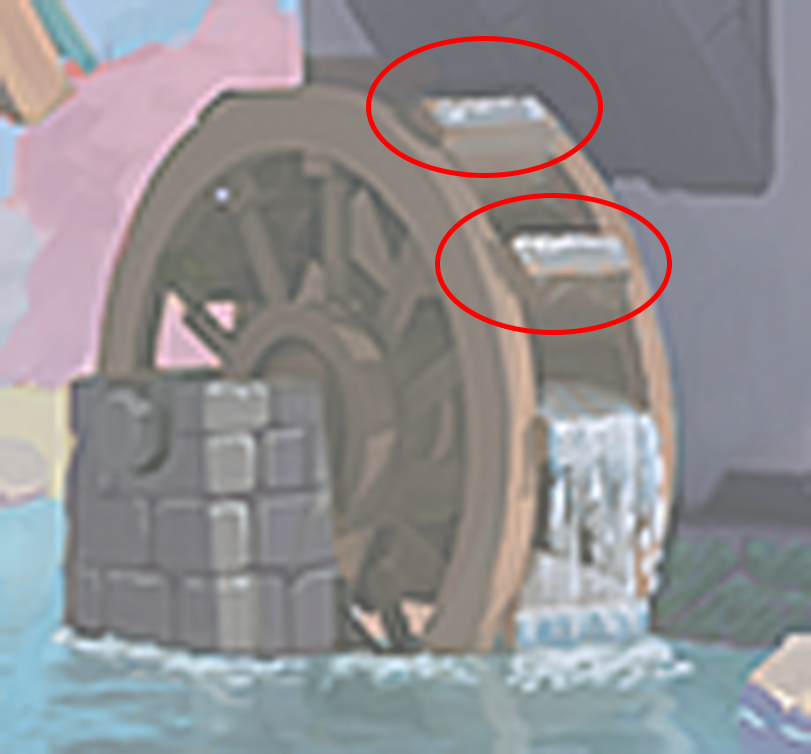
When you check the next 2 parts it looks like the water is dripping from the side of the "buckets" and not from within.
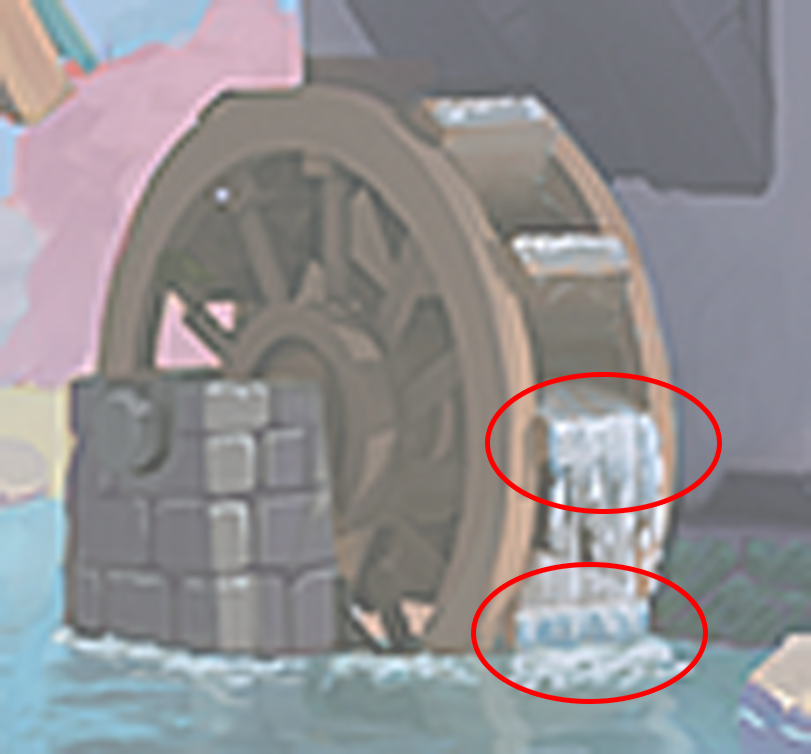
Also, one big give away is that those 2 "buckets" should be sitting vertical and not pointing towards the axis. That is when I decided to look into it in more detail to see how it would be manufactured and how it would work. It seems that all the wheels that have buckets on are the ones that sit under a waterfall or an aqueduct from where the water would fall into. the only other reason why these would be buckets, would be if the water was coming in from the top. see illustration below
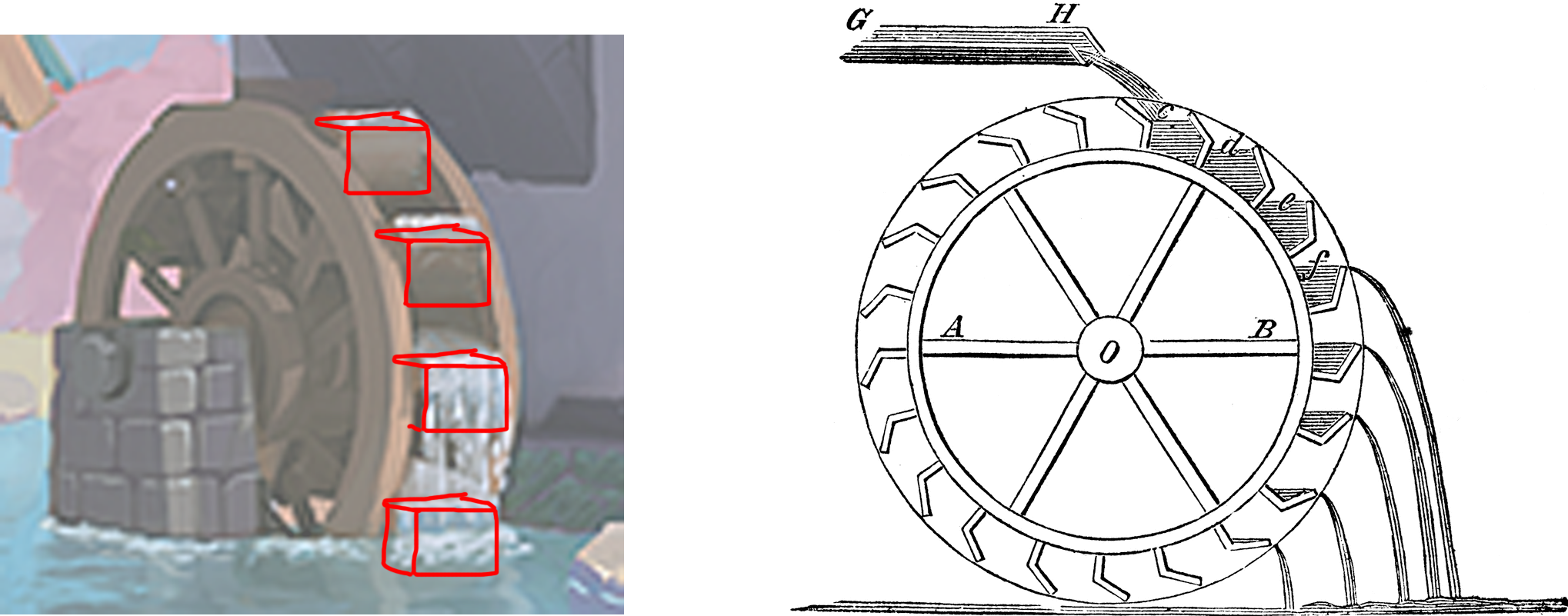
The other option then was quite obvious. These are paddles and then it would tie up with the bottom 2 paddles and the 2 top ones would have just a sheen of water on the surface of them. This is where I then decided to look into this in more practical terms and look into the proportions. I personally feel that these paddles can be made in 2 distinct ways. 1) each paddle is 1 thick slab of wood or 2) it is a box made out of "standard" size wood planks. option 2 would be overkill in engineering terms as you don't gain anything by having a box. On the other hand option 1 is equally as bad simply because of the sheer weight of the whole wheel when assembled and there would be no actual gain in the way it would work. It would just be too heavy to assemble and fit in position.
However, I think right now we should go ahead with option 2 and be true to the artwork and still keep some sort of credibility at the same time. I might be overthinking this to be honest, but in my profession I need to be sure that everything fits instead of leaving it to chance. and I know this is an artistic 3D model and not a functional one. below is my initial interpretation of this wheel, I think that the spigots that connect the main shaft to the outer wheel should be re-designed. instead of having them connect to the paddles ,they would need to connect to the outer rims (I hope this makes sense and thank you for taking your time on reading this super long comment of mine )
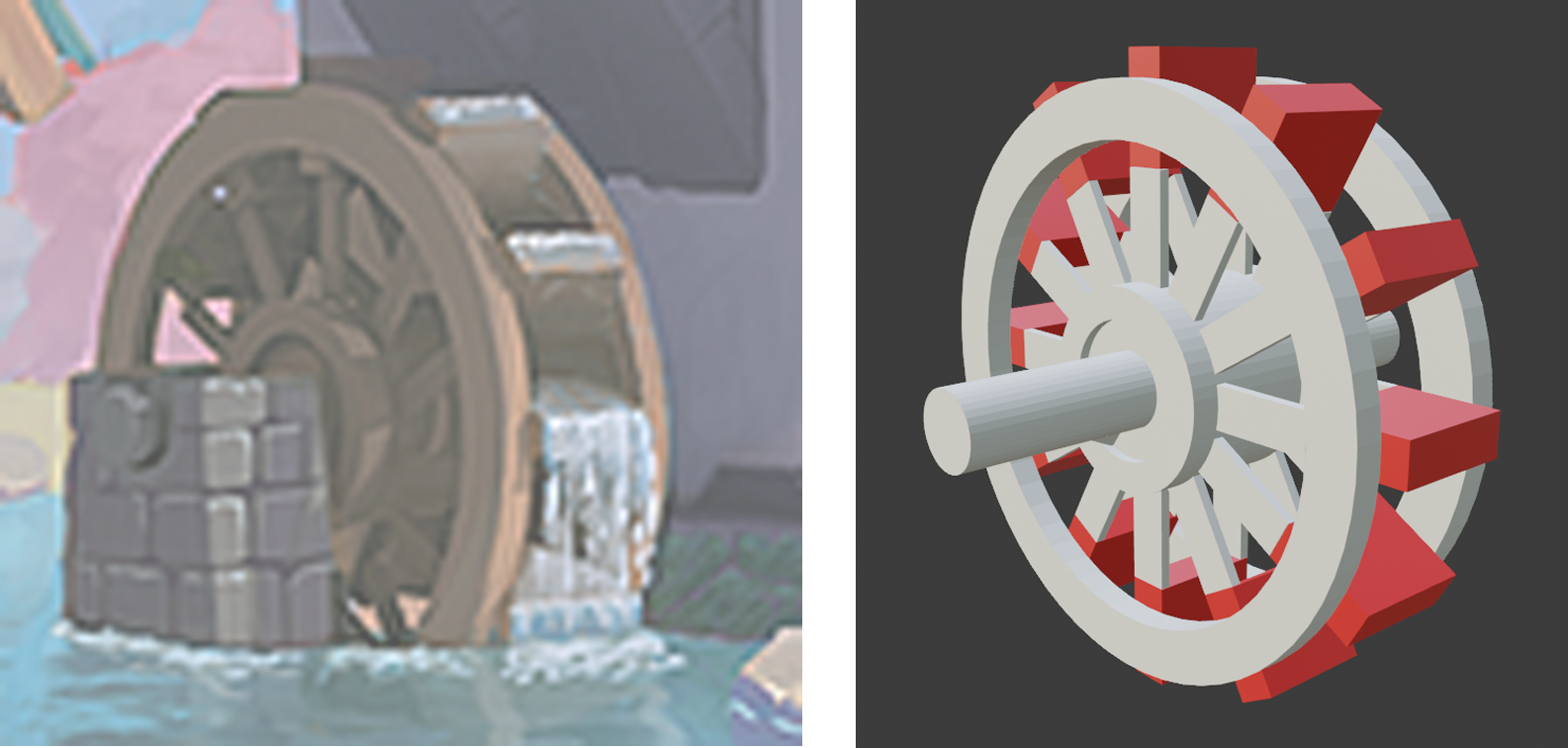
anyway, here is the continuation of the vase C project. I think I am getting there.... baby steps :)
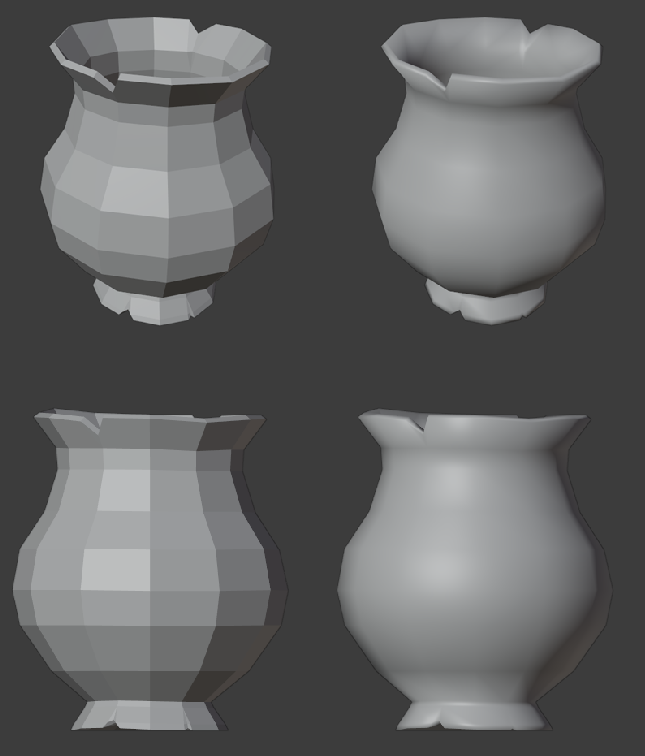
I'd say that option 1 for the water wheel is very unlikely, as the only function of the wheel is, to drive (probably ) milling stones ( or some other mechanism...) and the only thing driving the wheel is the 'river'.
But then again, it's art, not CAD.
ssimonsez11 nice work with that vase :D. low poly and i love that its not perfectly symytrical (or how its writen xD)
thanks yyukinoh1989 , I thought that it adds a little bit of realism with having the vase a bit wonky.
I also did a lot of research. The buckets, as has been said, only make sense if the water falls from above. And even then, they don't always put them in. I think they are just plain wood, although depending on the art, they may be too thick.
Some kind of buckets then the water is falling down
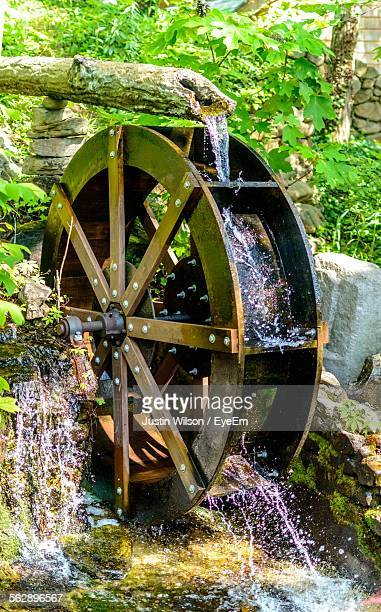
Water water flowing "normally"

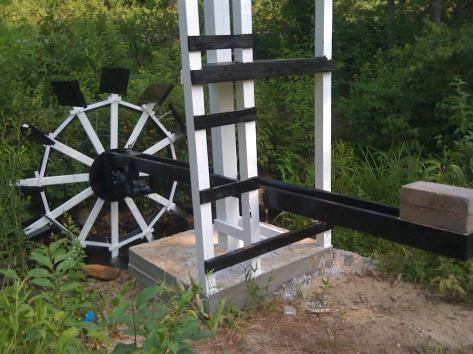
I'm glad that our bucket chaos is permeating alternate forum posts. We've come to similar conclusions. The thing that was tripping me up further is that the paddles seem to have an exaggerated angle when they're shedding water, as though they in fact tip down toward the bottom. And this could be be engineered at further loss of efficiency by making them pivot on an axis while limiting the pivot with a brace. That being said, I assume the exaggerated angles are just a combination of artistic styling and the height of the water flowing out obscuring the visibility of the paddle itself. Simple chonky paddles seem to be the best option.
I agree with you @lexicolopolis about just modelling paddles instead of hinged buckets. That is the most logical solution for the type of waterwheel, can't wait to see what you guys are gonna come up with. I would think the the 2nd picture uploaded by ![]() ladymito is closer in terms of type of waterwheel.
ladymito is closer in terms of type of waterwheel.
I've added some texture to the vase, but to be honest I feel like it looks bland and boring. I'll give it another go I think.
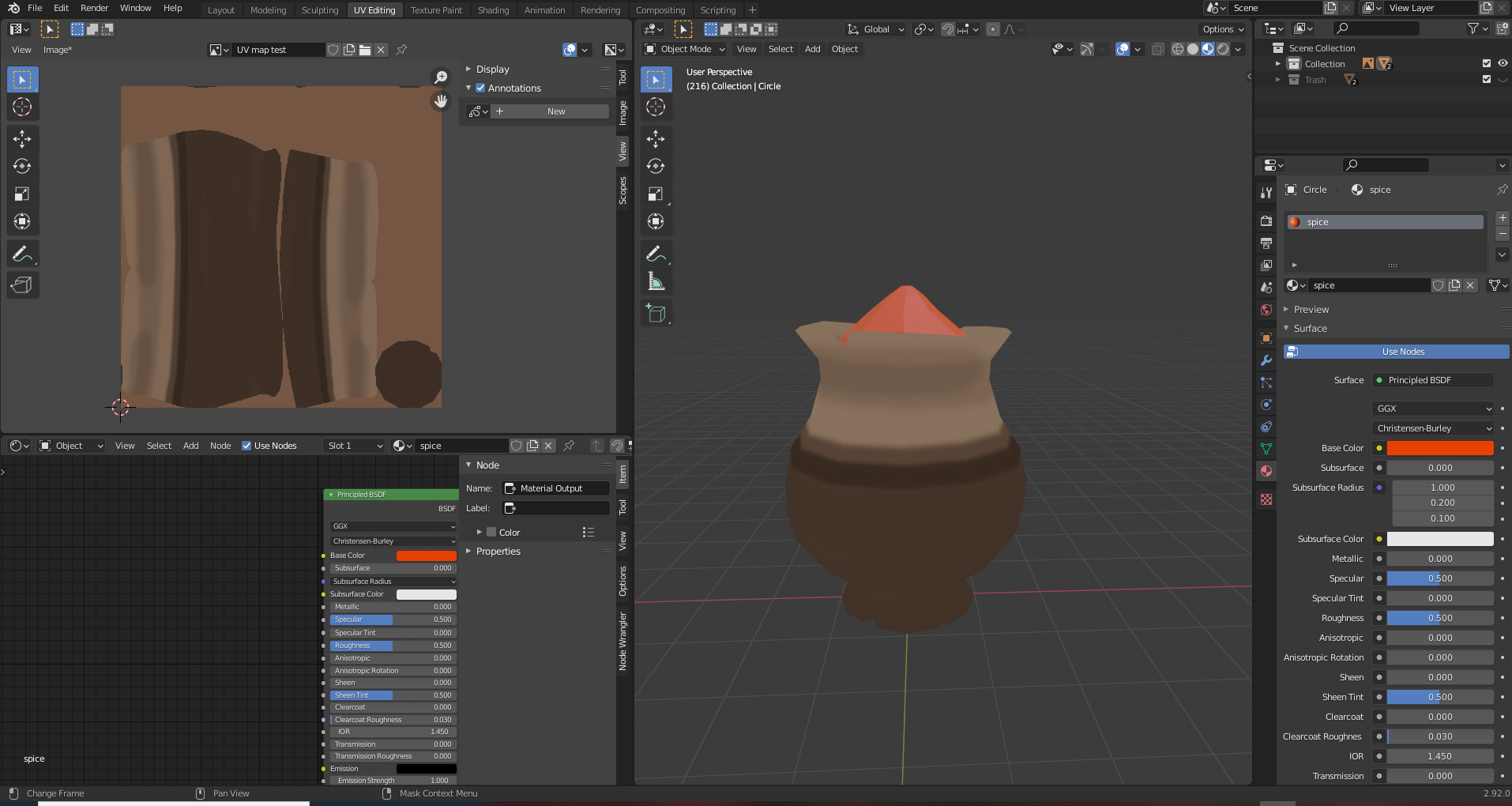
ssimonsez11 Great work so far on the vase as well as on the mill wheel 👍! The vase from last Friday is more low-poly-style although the vase from last Thursday has a beautiful shape but has too many vertices for such a low-poly-vase. I'm very pleased that you're already testing the texturing of the vase. Please keep in mind that baking details of a higher-res-model into a texture for a low-res-model has to be taken into account, too. Kent @theluthier will demonstrate the sculpting of details for a low-poly-object and the texturing during next week's livestream and I'm sure that we will learn a lot from him 😀!
#Week2 livestream:
Demo:
- Garnishing a modeling with sculpting detail
- UV Layout
- Texture painting a color map
ssimonsez11 Just a quick reminder. We still need a name for our team? What's your vote?
1) Shabby Chic
2) All Access(ories)
3) Shabby Fresnel Chic
4) The Stan Dalones
Hi ![]() duerer , thank you fro your feedback on the vases. regarding the team name. I like number 4 - The Stan Dalones.
duerer , thank you fro your feedback on the vases. regarding the team name. I like number 4 - The Stan Dalones.
here is my last update on the Vase C design. I have already posted this picture on the main team thread, but i thought I'll add it here too.
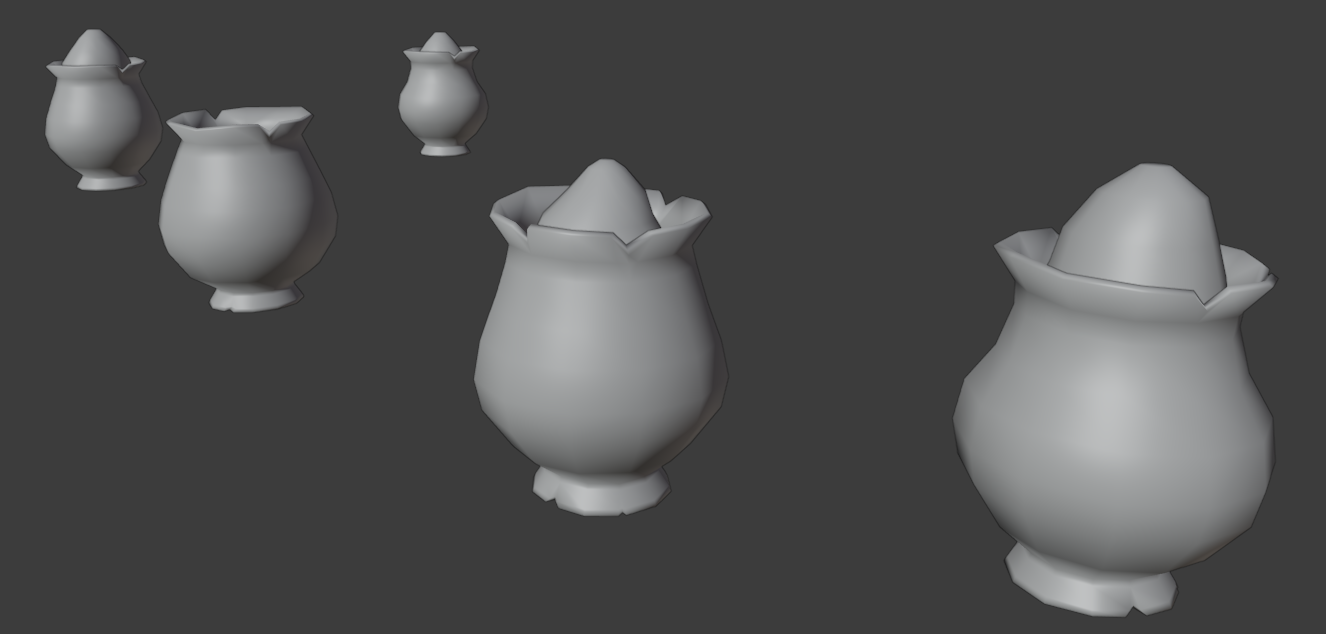
HOMEWORK SUBMITION - WEEK 1 - VASE C
@theluthier
Here is my block out model of the VASE C project under ACC_Standalone. Does this have too many vertices?

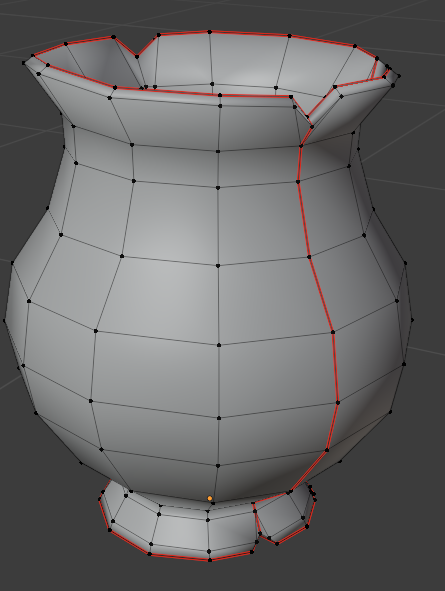
Strange, I could have sworn I graded yours already. Sorry for the delay!
You did excellent week 1 work. Perfectly adequate vase base meshes and even dabbling with texture painting! Don't worry about the texture being a little simple at the moment: I always start this way. But once we extract texture maps from the sculpted detail, the simple color will level up instantly in week 3.
Hi @theluthier , no problem at all. Thank you very much for your feedback on my vase C. I am here only to learn as much as possible and to enjoy this collab. I am looking forward to your next live stream. I've totally forgotten about the casual stream this thursday, so I will make sure to check it out later today. thanks again for great work you and your team are doing at CG cookie. P.S. I am currenlty beeing headhunted by a company that makes manequins/ limbs for the medical industry (for students to train on) and they use a bit of Zbrush and Blender. my 2nd interview is next Tuesday, so it will be interesting to see how they use those softwares :)
Here is my 1st propper go at sculpting the vase C. it looks a bit weird . almost like wet clay.

